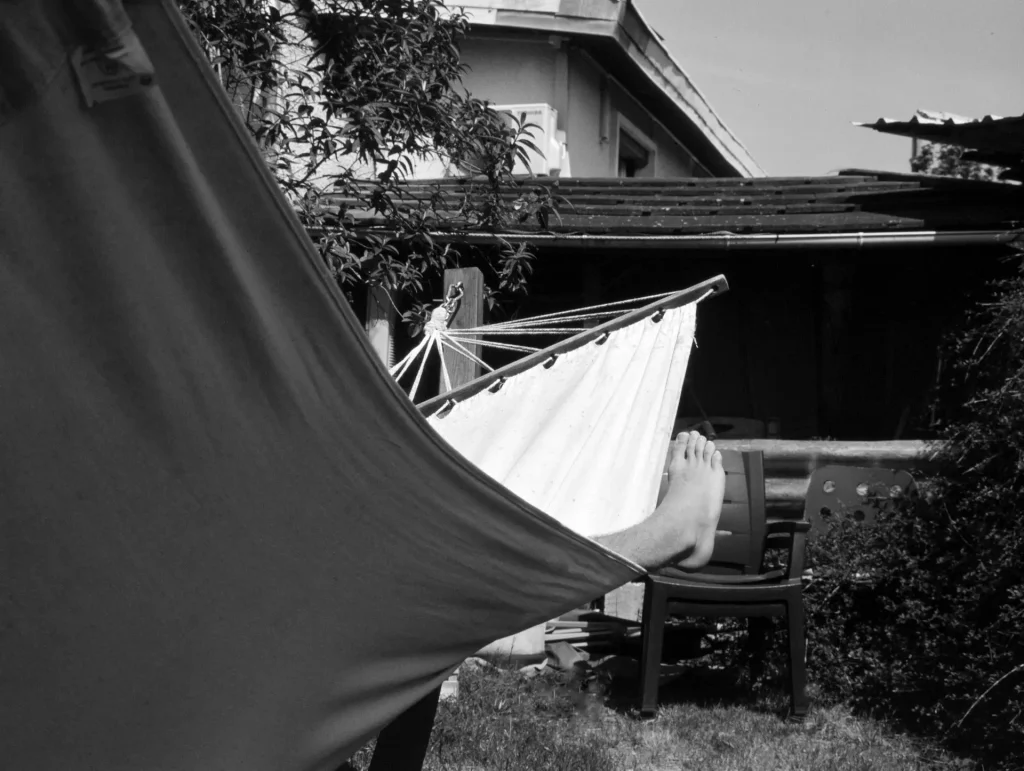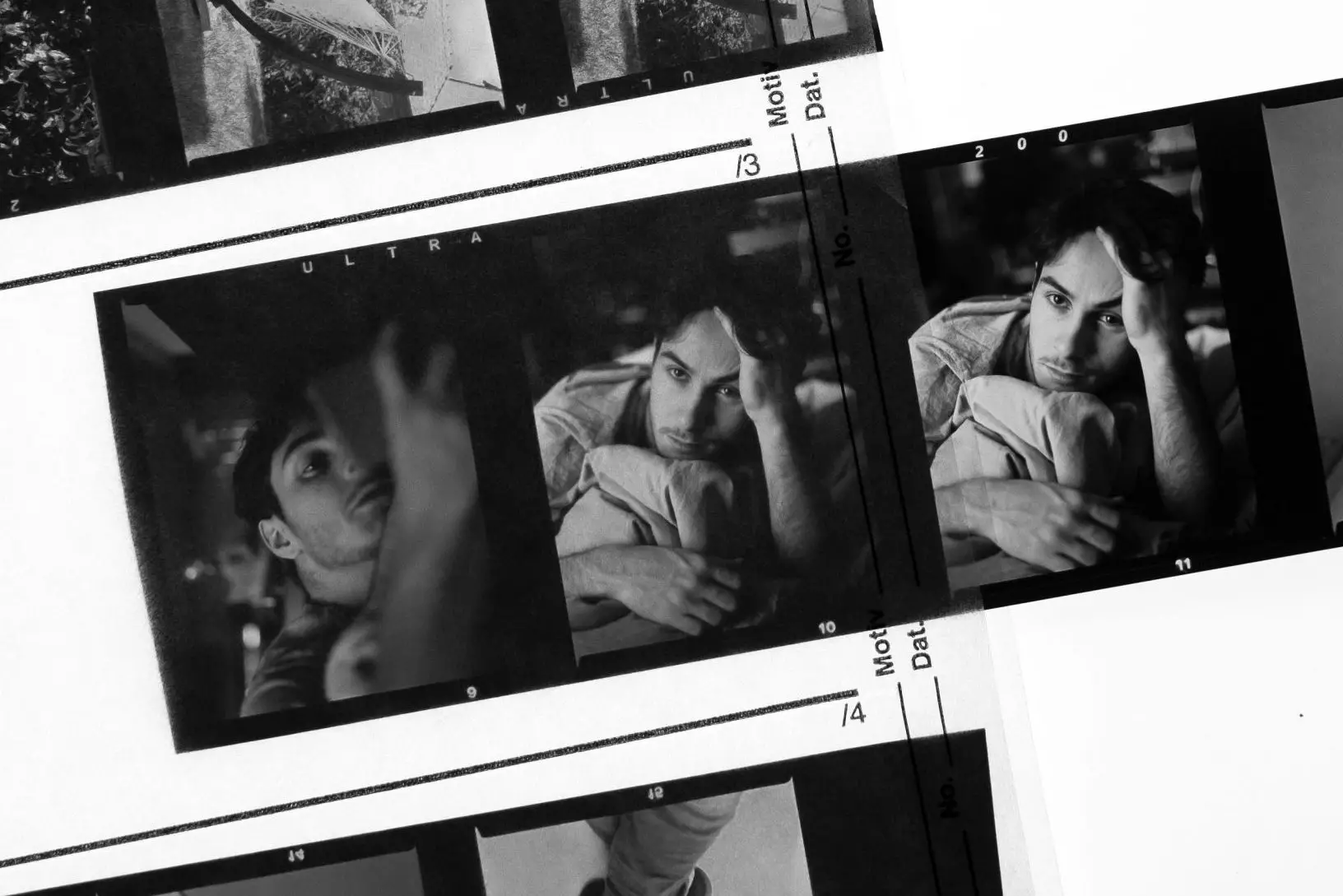I have been shooting film exclusively for 2 years, but recently I decided to try some experiments. It was after watching a video on youtube that I wanted to get into the adventure of making black and white slides. I knew that it was possible with almost any film – I just needed to choose a good film for the job, and have a go at the process.
All I needed for the process was the little magic ingredient for bleaching. I placed my order on a famous online shop (whose name starts with A and ends with an N) and waited patiently for the delivery. This morning I started…
I opened my refrigerator and wondered which film would be best for this experience. I chose a Foma film that I thought was 100 iso. I know Foma sells film for making slides, so I figured I wasn’t taking any great risks here either. I quickly loaded the film into my Bronica ETRSi, adjusted the sensitivity and it was ready for the 15 frames. A few minutes and the complicity of my confinement-mates were enough to reach the 15 frames limit.
And that’s where the adventure really began. I put the film on a spiral and I poured the developer, Kodak HC-110 in the tank. According to the recipes I had looked at, the recommended time was between 10 and 20 min (the Rollei kit recommends 22 min), after the developer, I poured the bleach.
It is a solution of 12% hydrogen peroxide (500ml) and white vinegar (20/25 ml) that was left in the tank for 11 minutes. I advise you to wear gloves and goggles because the mixture is quite corrosive. The bleach was put back in the bottle, I proceeded to a wash to then open the tank and re-expose the film to daylight.
I simply went to my garden and put the film in a sun bath. The future slides were already visible. After this little sun bath, the film was returned to its original position – the film went back in the tank where the developer (the HC-110 from the beginning) came to join it for 6 minutes before the fixer was introduced to do its job.
I’m amazed by the result, I think it’s beautiful, a very fine grain and deep and detailed blacks.




Alas, I had trusted my instincts more than reading the box of film which turned out to be 200iso and not 100. As a result, a good part of the film is overexposed and the slides don’t like that too much. I’ll be doing this process again, and I’ll be sure to give you news of the results
You can see my pics on instagram and on Lomography
Share this post:









Comments
Vu on Fomapan 200 for my first Black and White slides – By Fred Baboulaz
Comment posted: 17/06/2020
Comment posted: 17/06/2020
Matthias on Fomapan 200 for my first Black and White slides – By Fred Baboulaz
Comment posted: 17/06/2020
Roger B on Fomapan 200 for my first Black and White slides – By Fred Baboulaz
Comment posted: 17/06/2020
Comment posted: 17/06/2020
Comment posted: 17/06/2020
Patrick on Fomapan 200 for my first Black and White slides – By Fred Baboulaz
Comment posted: 17/06/2020
Comment posted: 17/06/2020
Marcello on Fomapan 200 for my first Black and White slides – By Fred Baboulaz
Comment posted: 17/06/2020
Patrick Abe on Fomapan 200 for my first Black and White slides – By Fred Baboulaz
Comment posted: 17/06/2020
I considered a hardware solution, with a Nikon PB4 PS4 slide copier to optically copy negatives or slides (color or black-and-white), instead. Long story short, High Contrast Copy film, rated at E.I. 80, developed in 1:2 Dektol with "Panatomic-X in D-76 1:1 times yielded black-and-white slides. I could crop at will, and still use the negatives for enlarged paper prints. The Nikon PB4 PS4 setup allowed me to "see for miles" with H&W Control film (Agfa Copex pan Rapid) in the 1970's.
Eventually, I went back to the primary purpose of copying Kodachrome slides, as needed and set black-and-white slides aside after trying Technical pan as a HCC replacement. (That worked as well, though the never-flat Estar film base was a problem.) These days, electronic photographers scan film negatives, instead of playing Mad Scientist with chemical processes.;)
Holly on Fomapan 200 for my first Black and White slides – By Fred Baboulaz
Comment posted: 15/07/2020